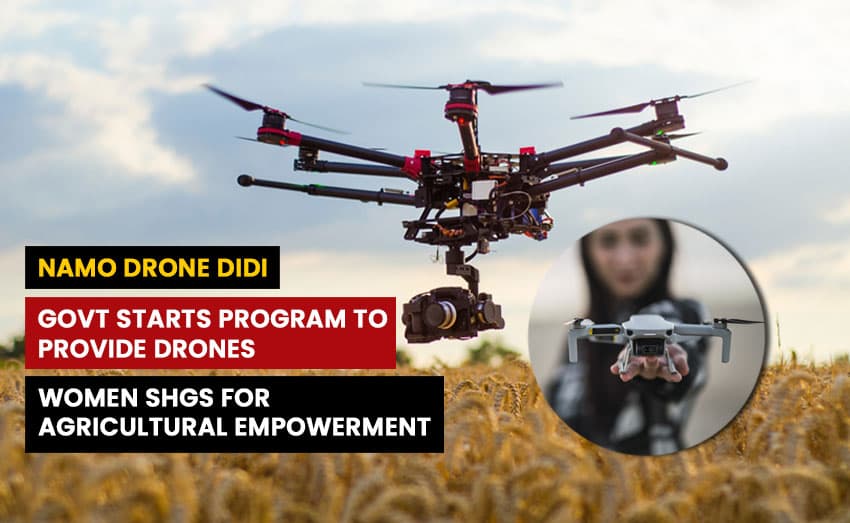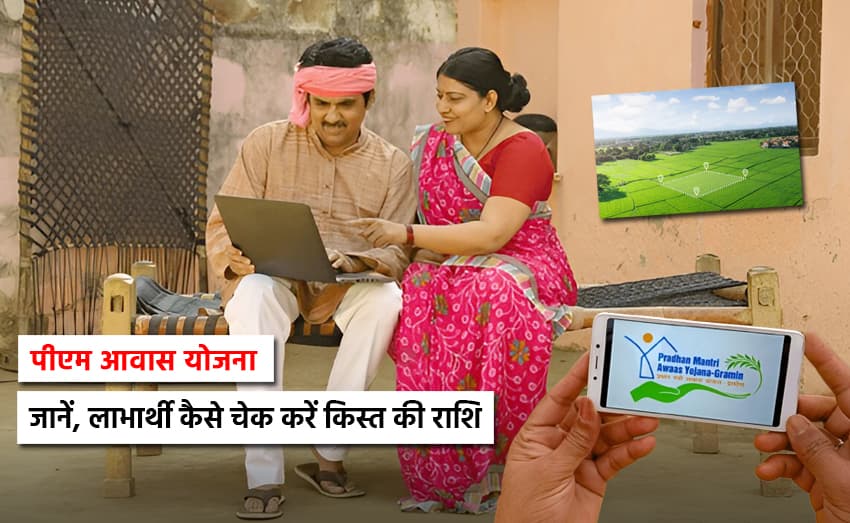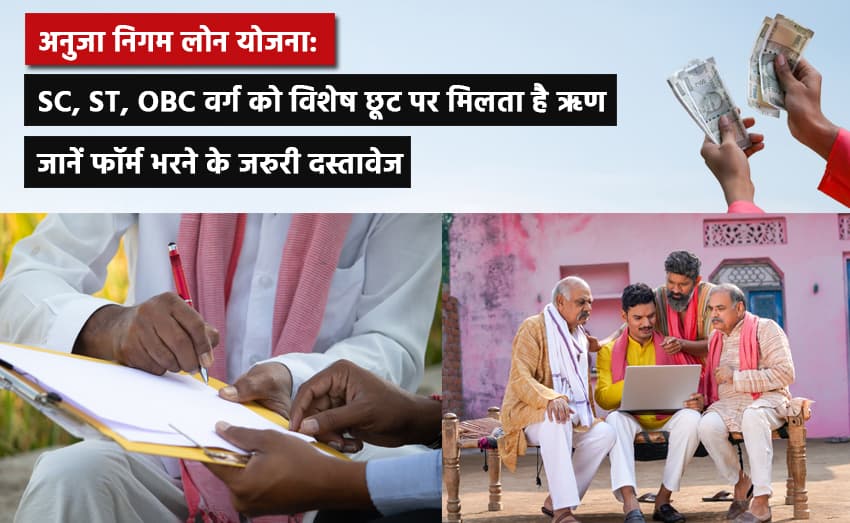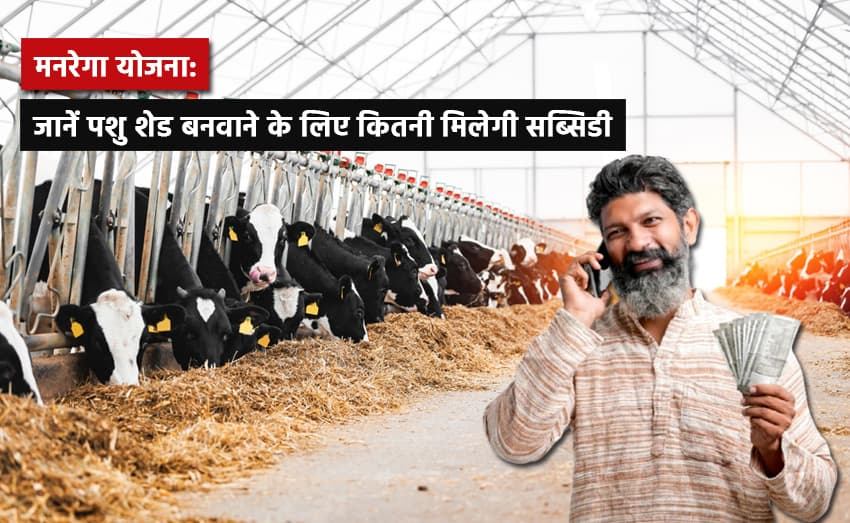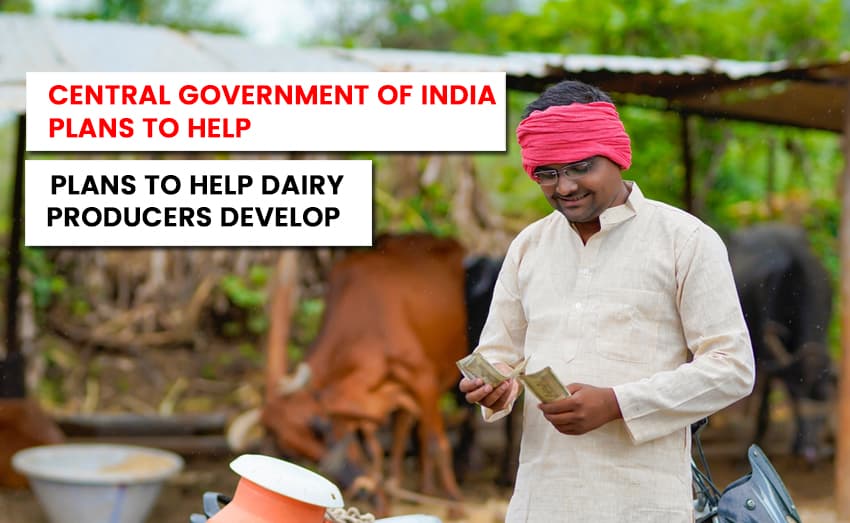Govt Starts Program to Provide Drones to Women SHGs for Agricultural Empowerment
Launched the "Namo Drone Didi" program, the government is in a historic step meant to empower rural women and boost India's agricultural economy. By 2026 the project, with an investment of Rs 1,261 crore, will equip Women Self-Help Groups (SHGs) 14,500 drones. This initiative aims to enhance crop management and provide sustainable income streams to women in rural regions under the Deendayal Antyodaya Yojana - National Rural Livelihoods Mission (DAY-NRLM).
A Look at the Scheme and Its Goals
Under the "Namo Drone Didi" program, each chosen SHG will get a drone package that can be used for farming, especially to spray liquid fertilizers and poisons. This central sector effort comes with detailed Operational Guidelines that make it easier to implement and make sure it is used correctly. The plan, which aims to increase crop yields, lower input costs, and give rural women new ways to make a living, will be overseen by an Empowered Committee made up of Secretaries from different ministries, such as Agriculture, Rural Development, Fertilizers, Civil Aviation, and Women and Child Development.
Structure and help with money for SHGs
The financial plan for the scheme includes a lot of help to make buying drones possible for SHGs. The government gives up to 80% Central Financial Assistance (CFA), which is about Rs 8 lakh per drone package. The remaining funds can be obtained by SHGs through various loan programs run by the Ministry of Rural Development or the Agriculture Infrastructure Financing Facility (AIF), the latter of which provides an additional 3% interest subsidy.
Each drone package comes with a camera, a battery set, a charger hub, a carrying case, and important extras like backup batteries. For efficient farming, these tools are needed. The deal also includes insurance, GST coverage, and a one-year warranty that is valid on-site. This gives SHGs everything they need to start offering drone services.
Training and building up the skills of women in SHGs
A big part of the Namo Drone Didi plan is that it puts a lot of focus on training. One member of each SHG will learn how to fly a drone as part of a 15-day program that focuses on how to use nutrients and chemicals in farming. A second family member or someone with a technical background will also be trained as a drone assistant to help with maintenance and small fixes, making sure everything runs smoothly. As part of the package, drone makers give training that is in line with government-issued schedules and is meant to give SHGs the skills they need to operate drones safely and independently.
Plan for Implementation and Help in the Area
Lead Fertilizer Companies (LFCs) will be in charge of putting the plan into action at the state level. They will work closely with state agricultural departments, drone manufacturers, and SHGs to make sure that drone technology is easily integrated into farming methods in their areas. LFCs will buy drones in a clear way and then give ownership to SHGs either one at a time or through Cluster Level Federations (CLFs) so that everyone can use them.
The operating areas will be carefully chosen based on the needs of agriculture, and SHGs should be able to cover around 2,000 to 2,500 acres each year. Officials from the State Departments of Agriculture and DAY-NRLM will keep a close eye on the adoption process and help SHGs get used to the new technology. State Level Committees will be in charge of putting the plan into action on the ground, giving SHGs advice and help with logistics and helping them build a client base so they can make money in the long term.
Monitoring in real time through the Drone Portal
The plan includes the Drone Portal, an IT-based Management Information System (MIS) that makes sure everything is clear and works well. This web system will track service delivery, money spent, and drone usage in real time. The Drone Portal will be a one-stop environment for managing funds, tracking services, and making data-driven decisions. This lets partners monitor the program's effects.
The scheme's effects on society and the economy
People think that the Namo Drone Didi plan will have huge positive effects on society and the economy. It will give women more power and use modern technology in India's farming. The plan is to help farms and rural economies by giving SHGs drones to increase crop yields, make operations more efficient, and lower the cost of inputs. The program gives rural women a way to make a living that will last, which will improve their role in India's agricultural landscape.

